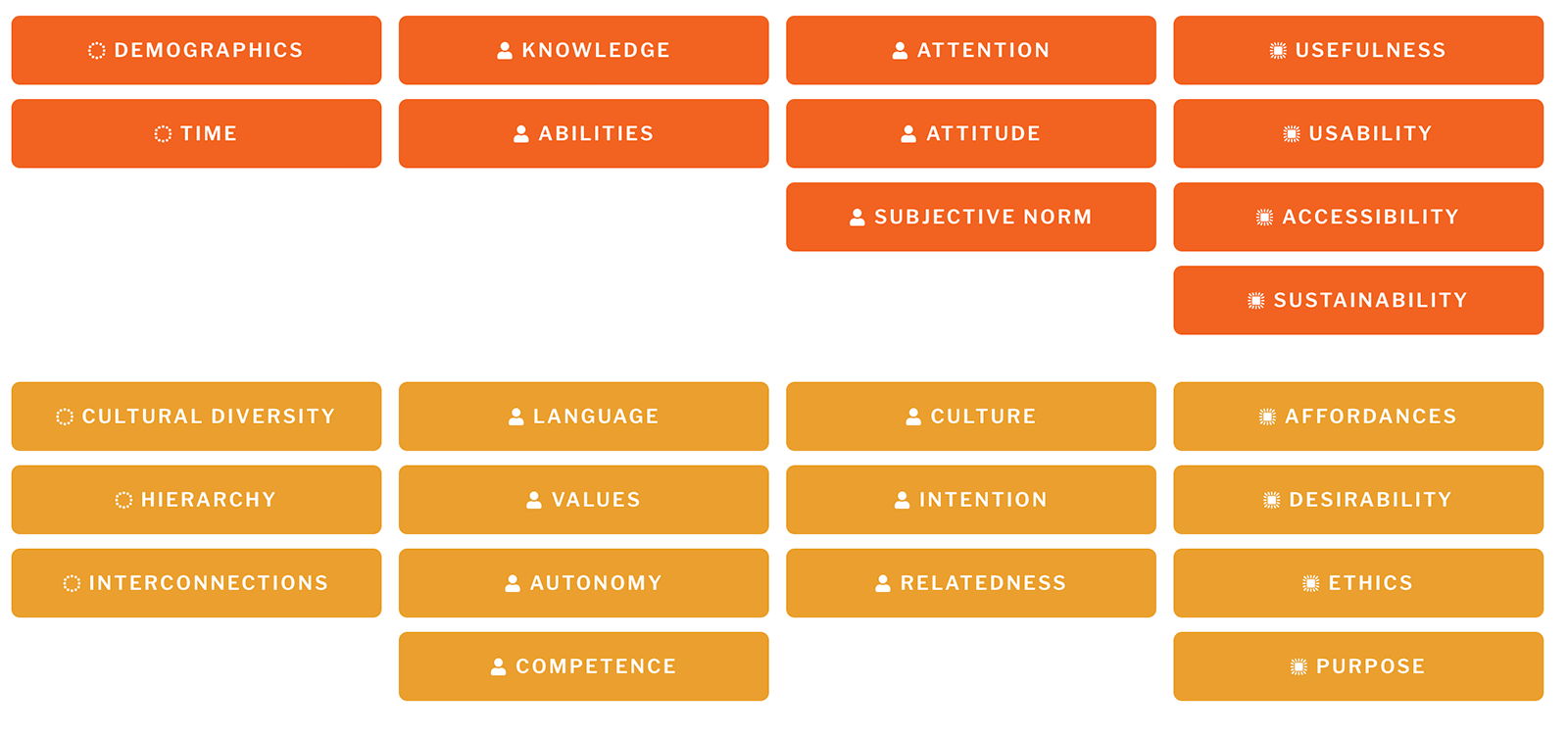Translating Theory to Designing for Memorable Experiences

Designers who create virtual reality stories, theme park attractions, assisted living community services, and national park experiences align their creations with experiencer makeup to immerse participants in the moment. Concepts from two theories of human motivation—The Theory of Planned Behavior (Ajzen and Fishbein) and Self-Determination Theory (Ryan and Deci)—can guide designers when researching and co-creating products, services, and systems that facilitate memorable experiences. Though they may seem abstract, these theories have real implications for designing experience-centered interventions, from selecting color palettes and creating service blueprints to establishing policies to ensure access for people in marginalized communities. This session will share examples of how these theories have informed the facilitator’s work as a Research Fellow for Scripps Gerontology Center and teaching in experience design.
In this interactive, game-like workshop, participants will learn to translate and apply concepts from these theories to their teaching and research—making concepts accessible to students of any level in graphic, interaction, and experience design. During our time together, we’ll work together through the following stages: 1) Decoding the theories: map components of both theories to fundamental human needs and behavior; 2) Planning experience design scenes: develop a framework that orders theory components into the design’s sequence; and 3) Prototyping design interventions for experiences: plan which designed outcomes will best align with and support people in the experience.
Participants are invited to attend with a course activity or personal research initiative in mind, as there will be an opportunity to use the session to develop coursework or a design research project during the session.
